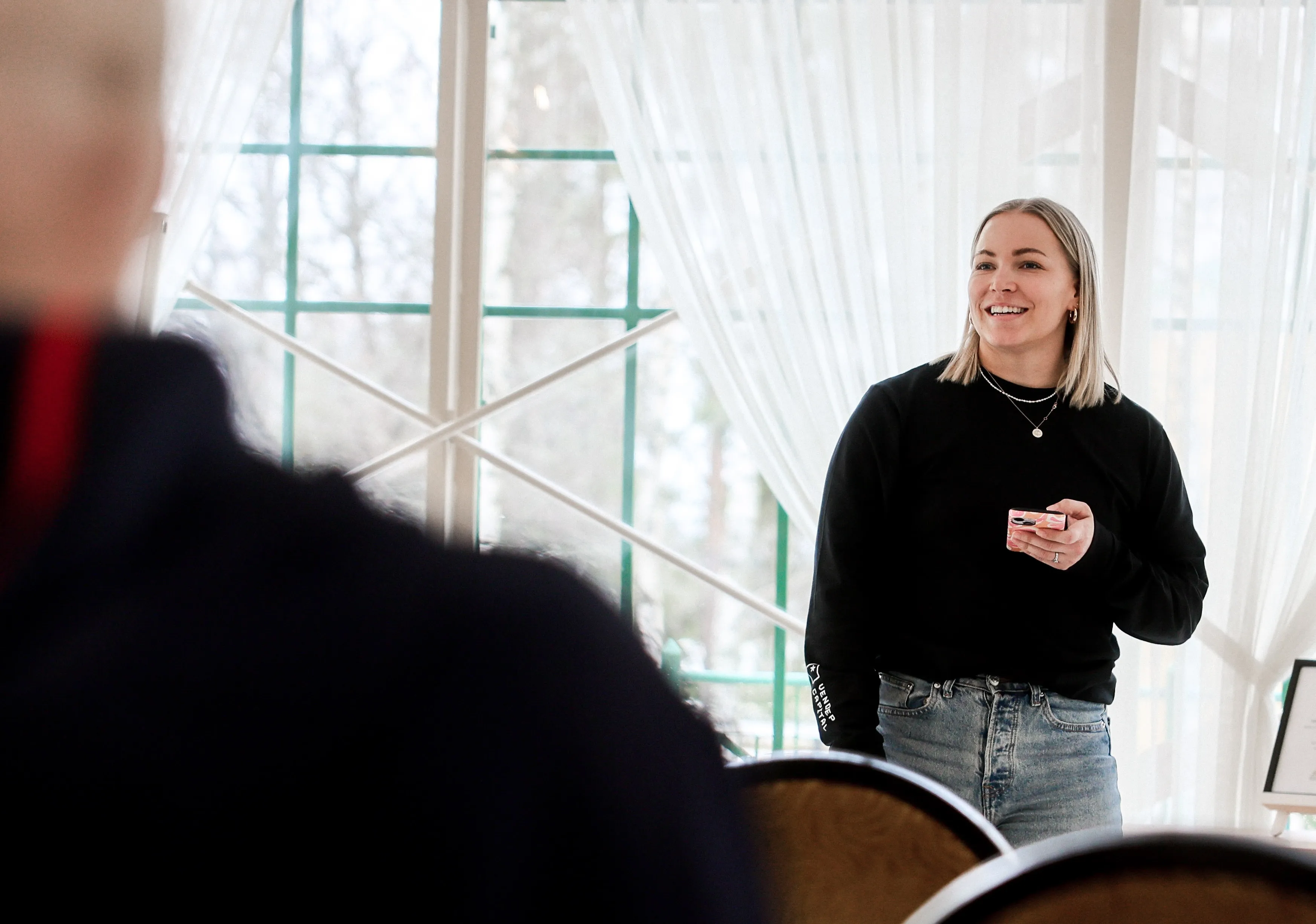A “no” from a VC can feel personal. Especially if it’s the one you were sure would say yes. But here’s the truth: every founder hears it. Sometimes a dozen times before they hear a yes. The key is knowing why – and what to do next.
First: Don’t take it personally
Rejections rarely come down to you as a person. Investors are making bets based on a hundred variables, many of which you can’t see. Sometimes you’re too early. Sometimes you’re too late. Sometimes you’re just not the right fit for that fund’s thesis, timing, or portfolio.
Getting a “no” doesn’t mean your idea is bad or that you’re not fundable. It just means this wasn’t the match.
What they might not tell you (but you should know)
Investors don’t always explain their “no.” But over time, patterns emerge. Here are the real reasons behind many rejections:
1. You’re too early, even for early stage
Your product may still be in prototype mode. You might not have real customer feedback. That makes it hard for investors to assess potential. Some VCs are happy to jump in pre-revenue, but they still want signs of validation: user growth, engagement, or at least real usage.
2. The market story doesn’t land
You might be solving a real problem, but the market seems too small or crowded. Or maybe you haven’t made the case for why now. A good solution in a sleepy market won’t get investors excited. Neither will a hot market with no differentiation.
3. There’s no obvious go-to-market motion
For SaaS, distribution is everything. If you can’t explain how you’ll find and close customers – profitably – you’re asking the VC to take a leap of faith. And most won’t.
4. The founding team isn’t balanced
Founders often hear “we’re not convinced the team is right” without clear feedback. In reality, this can mean: no commercial lead, unclear roles, or lack of startup experience. One strong technical founder is great. But a founding team that covers product, sales, and strategy? Even better.
5. You didn’t build the relationship
Cold outreach can work. But most early-stage investing is still relationship-based. If your first touchpoint is a pitch deck, that’s a harder road. Founders who’ve already had a few conversations, even informal ones, tend to fare better.
What to do with a “No”
- Ask for feedback: You won’t always get it, but it’s worth asking. Frame it as a learning question, not a second pitch.
- Reflect on patterns: Hearing the same thing from three VCs? That’s not bad luck — it’s a sign to refine your story.
- Strengthen your pitch: Often, it’s not the business that’s wrong. It’s how you’re telling the story. Sharpen your positioning, clarify your GTM plan, and practice with someone who can challenge your thinking.
- Expand your pipeline: A single no hurts more if it was your only shot. Build a broader list of funds that invest at your stage, in your region, and in your category. And start early — well before you “need” the money.
- Stay in touch: “No” doesn’t always mean never. Send product updates, share milestones, and keep the conversation warm. You’d be surprised how often yesterday’s no turns into next quarter’s yes.
The upside of rejection
Rejection forces clarity. It pushes you to tighten your thinking, test assumptions, and sometimes even rework the business. That’s not failure. That’s progress.
So if you got a no, take a breath. Then take a step forward. Because the best founders don’t just hear no – they learn from it.



.jpg)


.webp)


.webp)